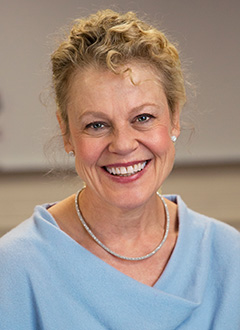
“When we regard our students as unique and fascinating, when they become case-study subjects even while they are students, then the children become our teachers, showing us how they learn” - Lucy Calkins, Lessons From a Child
Certainly, as teachers, we want to help our students grow as writers. We want to help them recognize and become fluent with a variety of text forms, codes of convention, or as Lisa Delpit (1995) calls it, the “Edited English” that our culture has created and agreed upon in order to communicate with one another.
We truly want the best for our student writers, and we do not want them to be judged for any perceived lack of intelligence about “correctness” in writing. With the barrage of benchmarks and standardized tests resulting from federal legislation called No Child Left Behind, we feel even greater pressure to help children perform well on writing tasks. We even worry over their college admission essays that allow them to gain entrance to schools of their choice. We are given many hoops to jump through these days, and although the hoops are predictable and rather low to the ground, we still labor over how to help students score as many points as possible before we turn them over to the next level of performance standards.
Teachers rightly wonder how to help kids approach any new writing task with ease and fluency, with clear thinking and organizing tools, and with a writing style that will help their pieces stand out from the other prefab essays. We have come to believe that strong lessons demonstrating aspects of the writing process, style, and genre features, and writing conferences focused on individuals’ writing issues will help kids improve dramatically because we’ve seen the evidence in their work.
Yet teachers often tell me that they stumble over things to say in minilessons and conferences, particularly how to notice and name positive aspects in every student’s writing, and how to teach beyond language conventions or organization of school genres such as the infamous five-paragraph essay. Because of our own highly standardized writing backgrounds in middle school, high school, and even college, we all share lenses for looking at student writing that include spelling, grammar, punctuation, and organization rules. Some of us were evaluated with rubrics in school and accept them as a more just and much clearer process for sorting pieces of writing into “proficient” or “low-performing.”
However, the world of writing is vastly richer than a list of spelling words or grammar rules or even the boxes provided on rubrics, and what we need is a full array of lenses for reading student writing. We can notice when students play with time and order of events in an unusual way, or when they manage to empathize with a person of the opposite gender or from another period in history so that they can create that person’s inner life in a believable way. We can recognize that our students’ writing reflects diverse and evolving cultures, with influences from multiple languages and visual and digital literacies.
…
The above has been adapted from Hidden Gems. To learn more visit Heinemann.com
 Follow us on Instagram @heinemannpub to stay up to date on the latest books, your favorite authors, and upcoming events!
Follow us on Instagram @heinemannpub to stay up to date on the latest books, your favorite authors, and upcoming events!
 Katherine Bomer is one of the field’s most gifted writers as well as one of its most gifted teachers of writing.A published poet and essayist, Katherine is also coauthor (with Lucy Calkins) of A Writer’s Shelf. She began over fifteen years ago as a professional developer with the Teachers College Reading and Writing Project. A classroom teacher for ten years, she now works with teachers in elementary and middle schools throughout the country. As a frequent speaker at conferences and institutes, she combines a teacher’s practical advice, a writer’s love of language, and a powerful plea for social justice.
Katherine Bomer is one of the field’s most gifted writers as well as one of its most gifted teachers of writing.A published poet and essayist, Katherine is also coauthor (with Lucy Calkins) of A Writer’s Shelf. She began over fifteen years ago as a professional developer with the Teachers College Reading and Writing Project. A classroom teacher for ten years, she now works with teachers in elementary and middle schools throughout the country. As a frequent speaker at conferences and institutes, she combines a teacher’s practical advice, a writer’s love of language, and a powerful plea for social justice.



